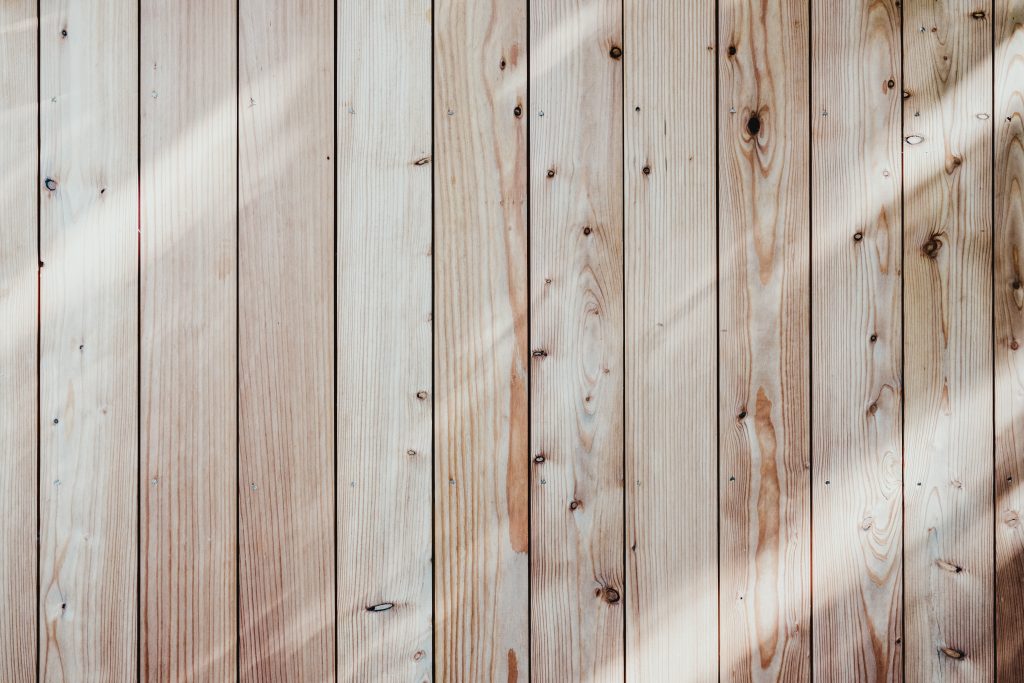Exploring Structural Materials and Vulnerabilities to Water Damage
When it comes to constructing your dream home the choice of structural materials plays a pivotal role in ensuring its durability and resilience. However, not all materials are created equal and each have their special function and purpose. When it comes to their susceptibility to water damage it’s best to take note of the type of material effected as this will allow proper water damage restoration techniques to be carries out to restore your property. We’ll take a closer look at various structural materials commonly used in Australian homes and discuss which ones are more prone to water-related issues. Understanding these nuances can help you make informed decisions to safeguard your investment and maintain a structurally sound and secure home.
Brick and Mortar
Brick and mortar have long been the backbone of Australian construction. While bricks themselves are highly durable, the mortar that holds them together can be vulnerable to water damage. Excessive moisture through water damage can cause mortar to deteriorate over time, leading to weakened walls and potential structural issues.
Wood
Wood is a versatile and aesthetically pleasing choice, but it’s also notorious for its susceptibility to water damage. Prolonged exposure to moisture can cause wood to warp, swell and even rot if the water is not removed in a timely manner. This can compromise the structural integrity of your home and create an ideal environment for mould growth and secondary damage.

Concrete
Concrete is prized for its strength and longevity, making it a popular choice for various construction elements. Concrete is not impervious to water damage and cracks in concrete can allow water to seep in, leading to erosion, corrosion of reinforcement bars and eventually structural degradation. That’s why it’s best to dry concrete with proper equipment to reduce the moisture.
Steel
Steel is often used for framing and structural support due to its strength. However, even though steel is not as susceptible to water damage as wood, it can still be prone to rust and corrosion if not properly protected. Rust can weaken the steel’s integrity, posing a potential risk to the overall structure. This is normally seen in severe cases, however.
Gypsum Board (Drywall)
Gypsum board, commonly known as drywall is used for interior walls and ceilings. While it’s not as robust as some other materials, its main vulnerability lies in its response to water exposure. Wet gypsum board can sag, warp, and even disintegrate, leading to the need for replacements and repairs.
Fiber Cement Board
Fiber cement board is a versatile and durable alternative to traditional materials. It’s resistant to moisture, making it less susceptible to water damage compared to wood or gypsum board. Proper installation and maintenance are still essential to prevent any potential issues.
The choice of structural materials significantly impacts the long-term durability and resilience of your Australian home. While each material has its own advantages understanding their vulnerabilities to water damage is crucial. Regular maintenance, proper sealing and swift action in the face of water-related issues can help mitigate potential damage and ensure your home remains a safe and secure haven for years to come. Remember, consulting with construction professionals and experts can guide you toward the best choices for your specific needs and location.

